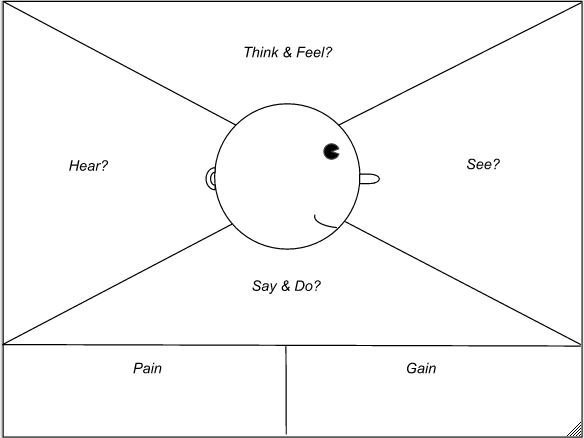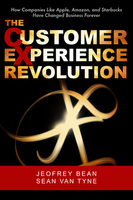Compassionate Detachment for Design Thinking
“Train yourself to let go of what you fear to loose” – Yoda, Star Wars III As an artist, or just someone who is excited about an idea, compassionate detachment allows one to explore ideas with an open mind and the see the whole over the parts. Oftentimes we get caught up in an aspect of … Read more




